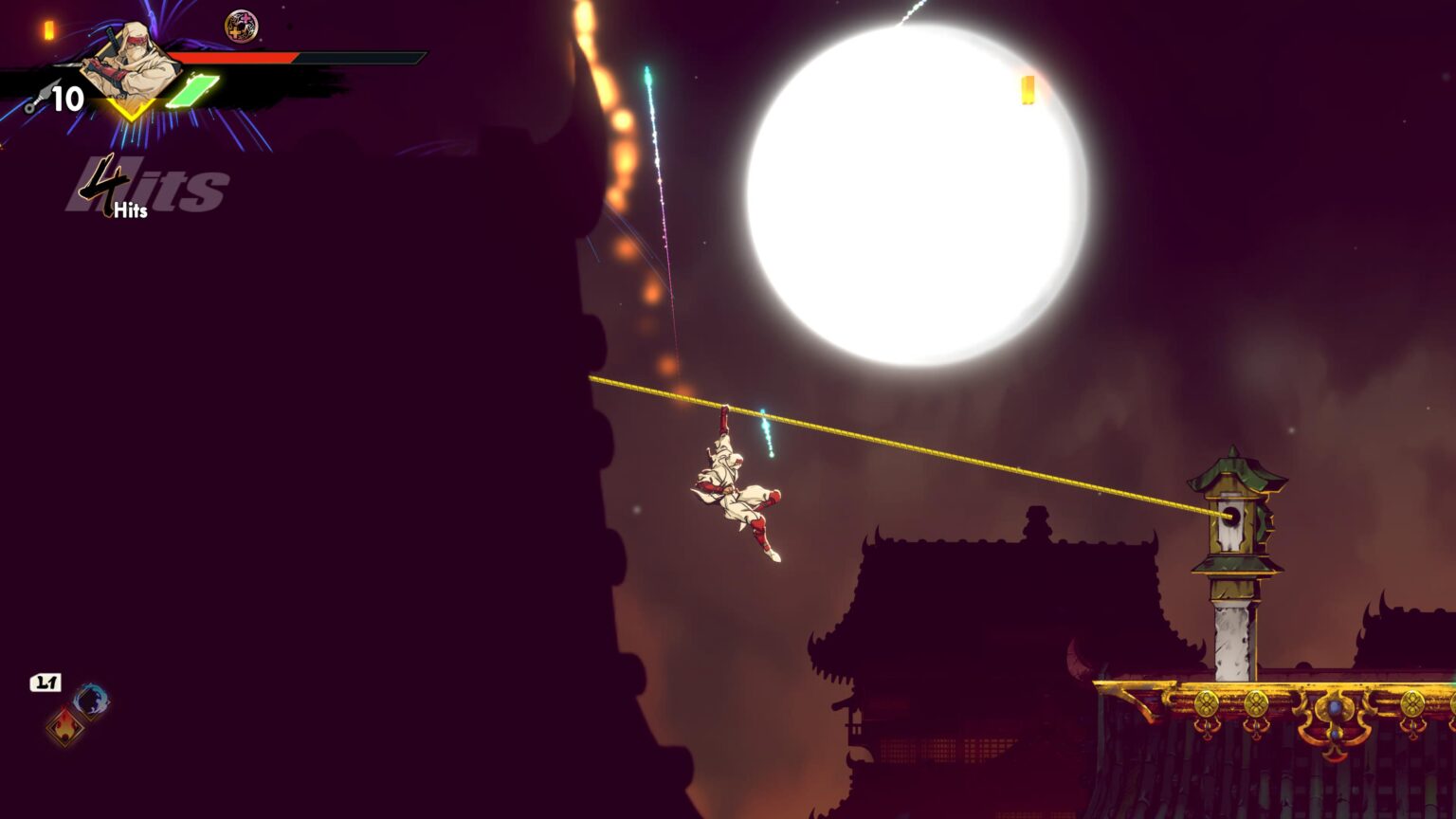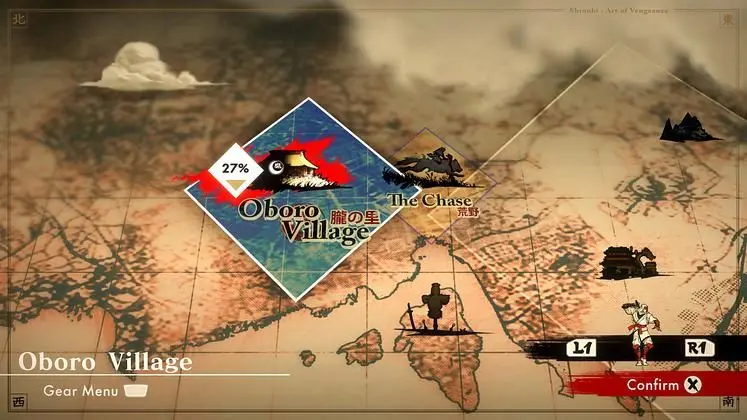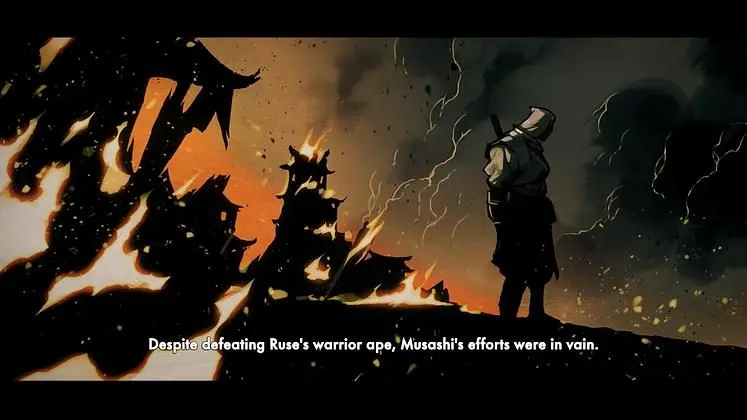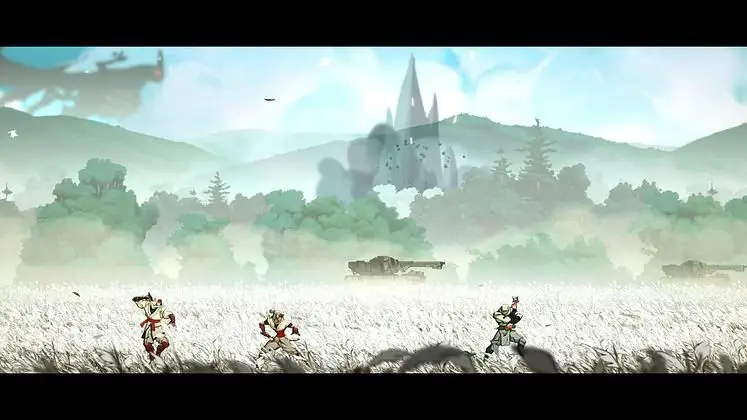Anyone old enough to be a Genesis fanatic like I am will have certain emotions connected to the name Shinobi. It was undoubtedly one of the hallmark series of the era, and it can be hard to understand how bewitching those early games were if you were born after. Sega revolutionized the 2D platformer by allowing us to conquer not just the floor, but the walls and ceiling in Shinobi, and four years before the company changed the world with Blue Blur.
Our ninja master Joe Musashi reached his stride on the fourth generation console, and some later entries have left fans wanting. It was shrewd of Sega to partner with Lizardcube to revive the wall-bouncing, shuriken-wielding series, after the studio’s excellent work on Streets of Rage 4, giving that certified Genesis classic the refresh it deserved. And Shinobi: Art of Vengeance feels fresh. You might be playing the same old Joe Musashi, but he has a new spring in his step.
The story services the gameplay, and that’s what you’re really here for. Shinobi: Art of Vengeance is separated into levels like a classic game in the series, but is stacked with features from metroidvanias. Not only do you gain new movement techniques that will lure you back into older levels in search for hidden areas, but you will unlock new amulets, spells, and abilities that aid in the difficult combat arenas you’ll find there. And you’ll need them. Shinobi has always been synonymous with difficulty, but for the uninitiated there is variable difficulty to adjust to your tastes.
Art of Vengeance’s core gameplay is slick, with varied, wide-spread levels full of hidden areas, and the perfect balance between combat and platforming sections. You can not only build Joe Musashi with the right abilities and ninpo spells to suit your playstyle, but there are so many move combinations, you can approach fights any way you like. Both combat and platforming is fast-paced, and most importantly, varied so that all of your skills are frequently tested.
All of the core components that create an excellent Shinobi game have been finely tuned, to say nothing of the gorgeous art style and nostalgic soundtrack that Lizardcube has perfected through its retro reboots. However, there are other aspects that feel unpolished. The UI feels too basic, particularly compared to the rest of the game’s fluidity and artistic flair, and there are loose threads like the random start screen between loading a level and jumping in. Missed areas feel clearly marked on the map in some places and completely hidden in others. Each part doesn’t amount to much, but together they downgrade the experience as a whole.
Shinobi’s biggest issue is with its difficulty curve. Rifts inside levels that contain the game’s most difficult challenges, which feel fantastic to play through and even better to conquer. Or they should, except when they occasionally pale in comparison to an area in a regular level that’s a huge struggle to complete. When the game is this good, it feels like a missed opportunity to not spend a little more time polishing up these finer details.
There are faults to find, but overall it’s clear that Lizardcube has done it again. Shinobi: Art of Vengeance is the perfect mix of innovative and true to the hack ‘n’ slash meets 2D platforming formula Shinobi cemented all those years ago. A few sides of the shuriken may need sharpening, but it’s a fantastic start for what I hope will be the series’ rise from the ashes.
Shinobi: Art of Vengeance is out on August 29, 2025 and will be available on PS4, PS5, Nintendo Switch, Xbox Series X/S, and PC via Steam and the Microsoft Store with a $29.99 price tag. This review was done on the PS5 version with a code provided by the publisher.
SHINOBI: ART OF VENGEANCE VERDICT
Lizardcube has perfected its craft of elevating retro games for the modern era. The gorgeous 2D graphics feel fresh yet oddly nostalgic, which is mirrored by the fast, fluid movement that feels like the natural progression for 2D platformers. Not everything is polished. Some parts of the level design, menus and UI don’t live up to the heights of other aspects of the game, but this doesn’t wholly retract from an experience that will delight 2D platforming fans new and old.
TOP GAME MOMENT
Flying across the rooftops of Neo City at increasing speed as I chained together all of the movement options seamlessly.
Good
vs
Bad
- A perfect mix of fast and fluid movement abilities to fly through levels
- Fantastic balance between platforming and combat challenges
- Gorgeous 2D animations that feel both modern and natural in a retro environment
- Maps aren’t always clear, and it can be not easy to find hidden areas
- Difficulty isn’t a clear curve, and certain sections feel unfairly punishing




